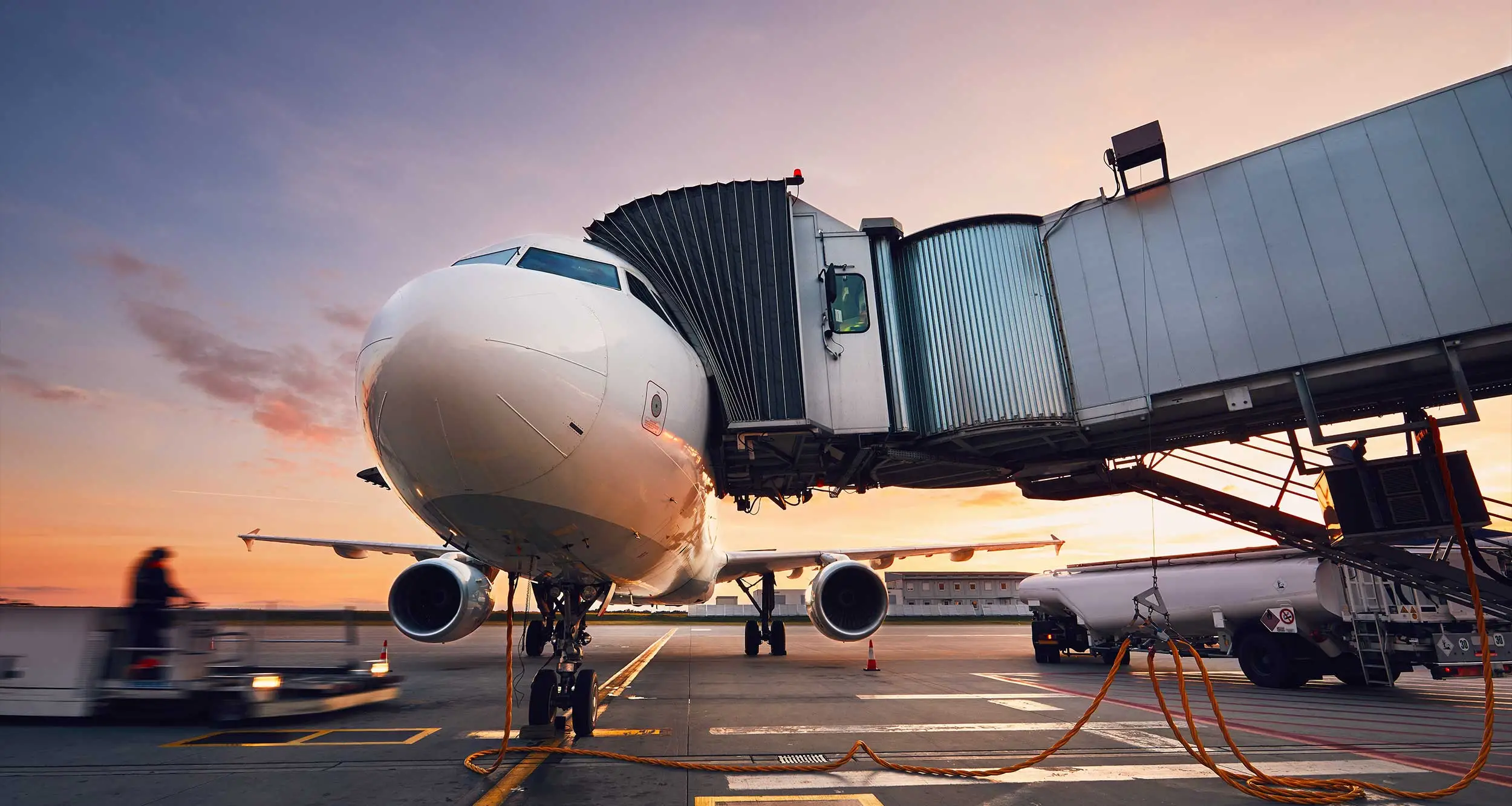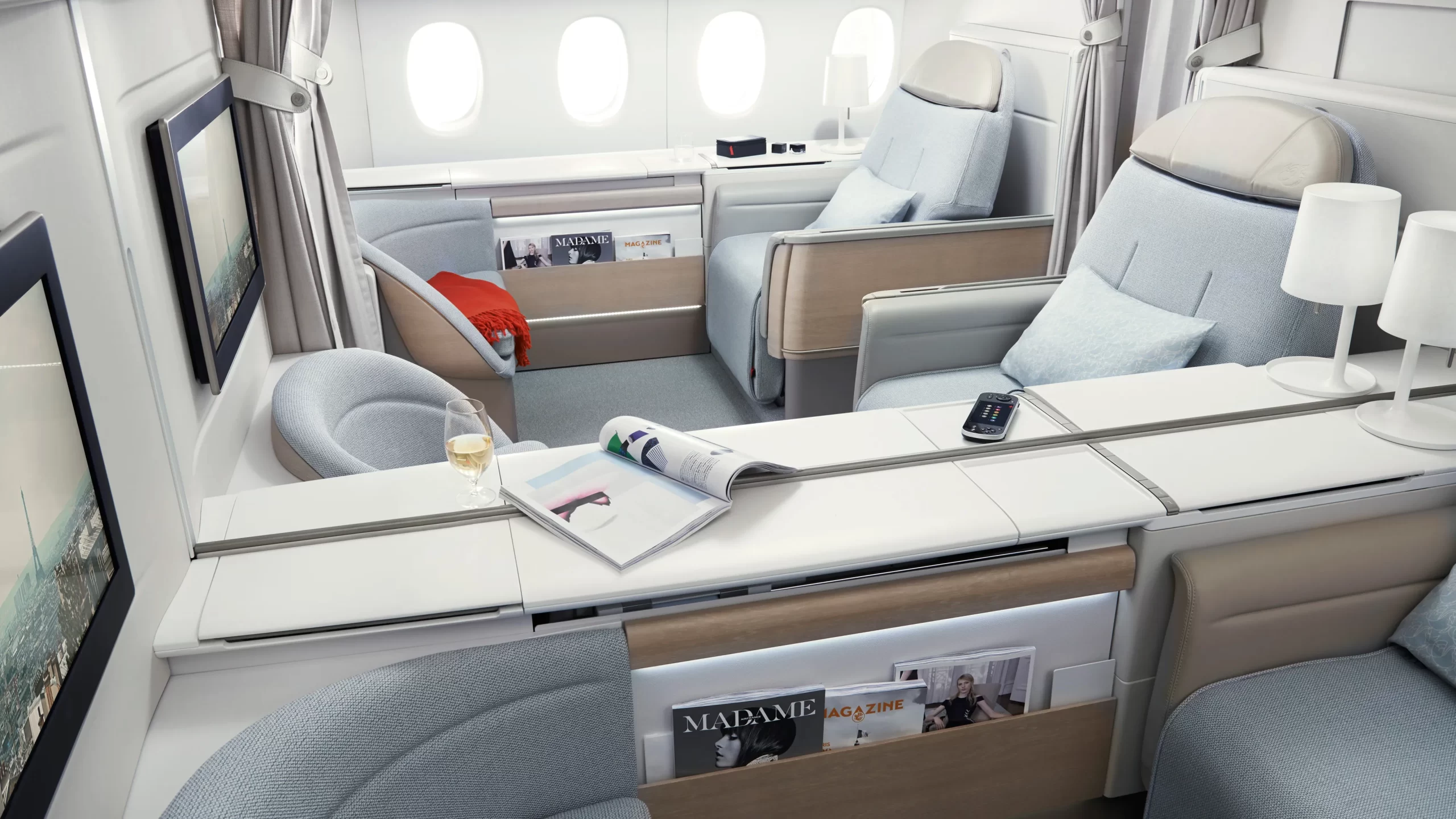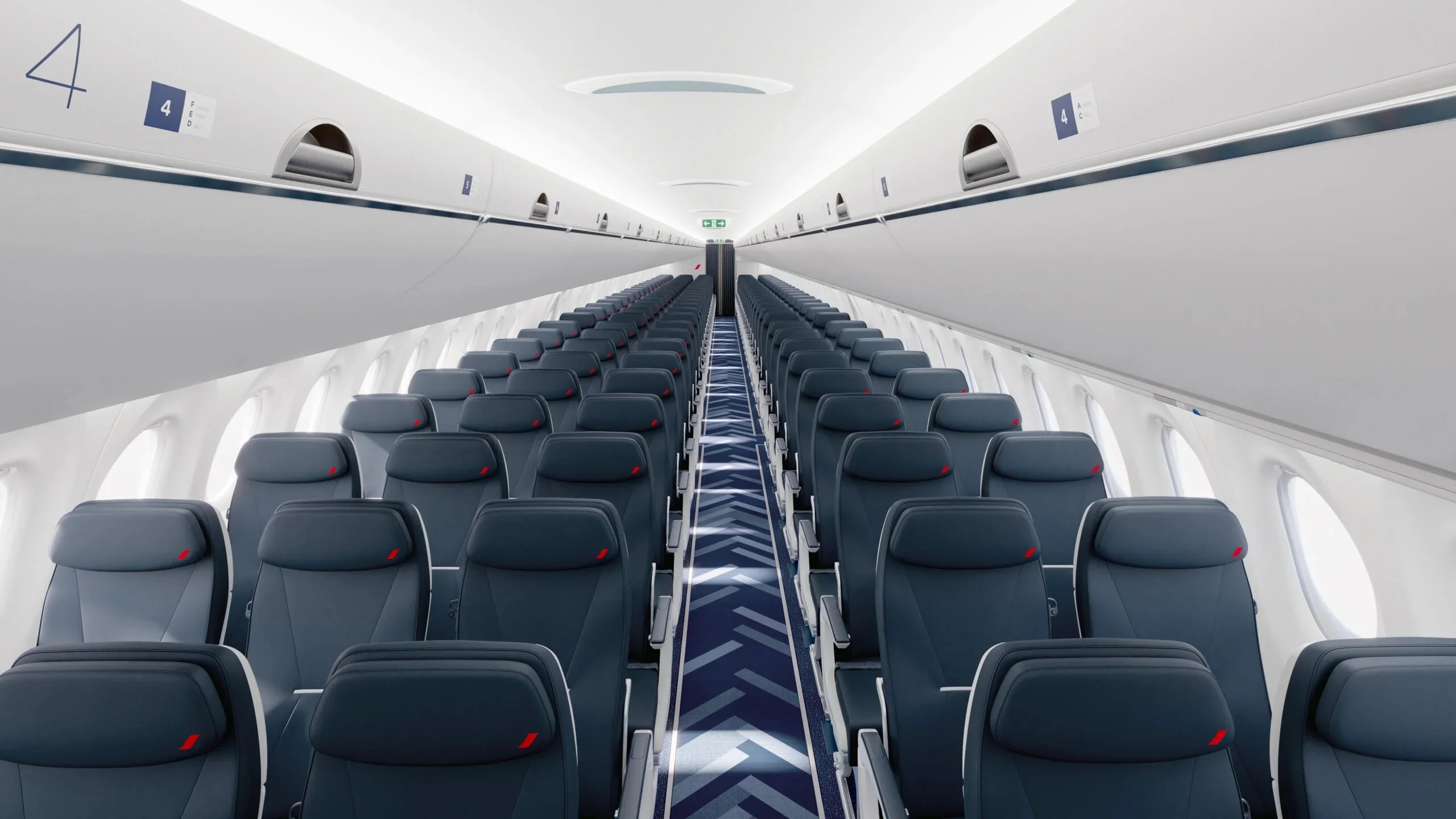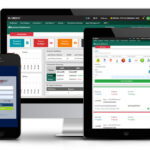Choosing the right airplane door might not seem like a crucial decision when booking a flight, but it can make a significant difference in your overall flying experience. Airplane doors serve various purposes, from ensuring passenger safety to efficient boarding and deplaning. In this article, we will explore some amazing tips for selecting the right airplane door, helping you make informed decisions and have a smoother journey.
Why the Choice of Airplane Door Matters
Before delving into the tips, let’s understand why the choice of an airplane door is essential. Airplanes come in various configurations, and the type of door can impact several aspects of your flight, including:

1. Safety
The primary function of an airplane door is to ensure passenger safety. Different doors have varying safety features, and choosing the right one can be a matter of life and death in the event of an emergency evacuation.
2. Boarding Efficiency
Efficient boarding is crucial for airlines to maintain their schedules. The type of door can influence how quickly passengers can board and disembark from the aircraft, affecting departure and arrival times.
3. Aircraft Design
The choice of door is often tied to the aircraft’s design. Some doors are more suitable for smaller regional planes, while others are designed for larger, long-haul aircraft.
Tips for Choosing the Right Airplane Door
Now that we understand the importance of the airplane door, let’s explore some tips to help you make the right choice:
H1: Consider the Aircraft Type
Different aircraft have different door configurations. When booking your flight, research the type of plane you’ll be flying on. Regional jets, narrow-body, and wide-body aircraft all have distinct door setups. Knowing what to expect can help you prepare better for your journey.
H2: Emergency Exit Rows
If safety is your top concern, consider booking seats near emergency exit rows. These rows typically have larger doors and extra legroom. However, be aware that sitting in an exit row comes with responsibilities, such as assisting in case of an emergency.
H2: Accessibility
If you have mobility issues or special requirements, choose an airplane door that suits your needs. Some doors are equipped with ramps or lifts for passengers with disabilities. Airlines usually provide assistance, but it’s best to inform them of your requirements in advance.

H2: Boarding and Deplaning
For a more comfortable boarding and deplaning experience, opt for aircraft with multiple doors. This can expedite the process and reduce the time spent waiting in line.
H2: Overawing Exits
Overawing exits can be a convenient choice, especially on smaller planes. They allow for faster evacuation and are often located near the wing, which provides added safety in case of a crash landing.
H1: Familiarize Yourself with Safety Procedures
Regardless of the type of Choosing the right airplane door, it’s crucial to familiarize yourself with the safety procedures and emergency exits on the aircraft. Pay attention to the pre-flight safety briefing, and know the nearest exits to your seat.
H3: Exit Door Operation
If you’re seated near an exit door, make sure you know how to operate it. Flight attendants will provide instructions, but being prepared can save valuable seconds in an emergency.
H3: Mind the Door Size
Consider the size of the door, especially if you’re traveling with oversized baggage. Some smaller doors may not accommodate larger items, requiring you to gate-check your baggage.
H3: Window or Aisle Seat
Your preference for a window or aisle seat can also impact your choice of airplane door. Window seats provide a great view but may have limited access to the aisle in case of an emergency. Aisle seats offer easier exit but less scenery.

Conclusion
Choosing the right airplane door is a small yet crucial aspect of air travel. It can affect your safety, comfort, and overall flying experience. By considering the aircraft type, emergency exit rows, accessibility, and boarding procedures, you can make a more informed decision and ensure a smoother journey.
FAQs
- Q: Can I change my seat to an emergency exit row if I want more legroom?
A: It’s possible, but there may be additional charges for seats with extra legroom. Check with the airline during the booking process.
- Q: Are overawing exits safer than other doors?
A: Overawing exits are designed for faster evacuation, which can be beneficial in emergencies. However, the overall safety depends on various factors, including the severity of the situation.
- Q: Can I request assistance for boarding and deplaning if I have mobility issues?
A: Yes, most airlines offer assistance for passengers with mobility issues. Contact the airline in advance to arrange for the necessary support.
- Q: Do all airplanes have the same door configurations?
A: No, different aircraft have different door configurations based on their design and purpose.
-
Q: Is it safe to sit near an exit door?
A: Yes, sitting near an exit door is safe as long as you follow the safety procedures and instructions provided by the flight attendants.



